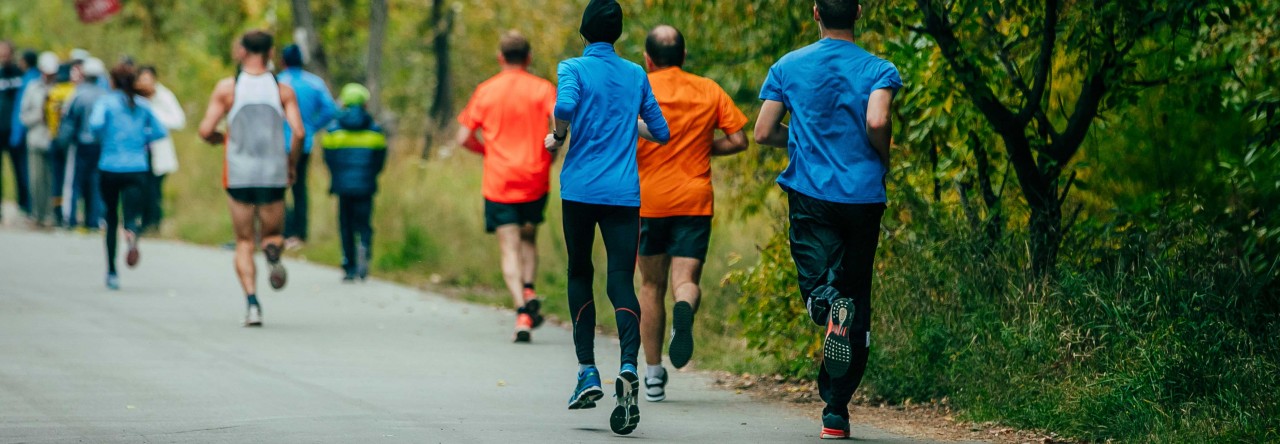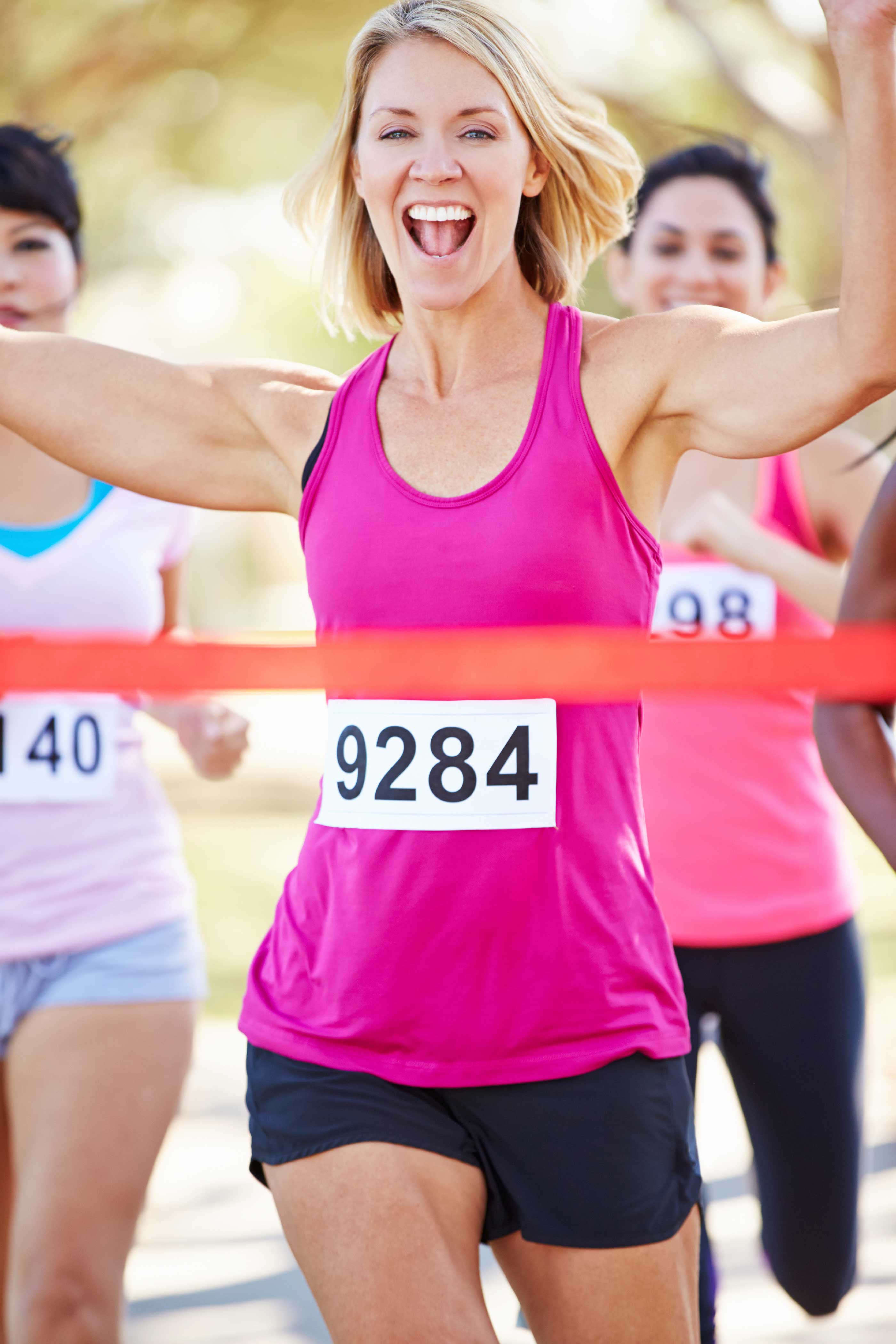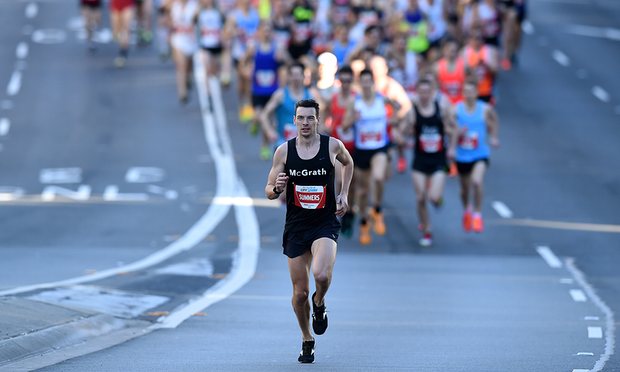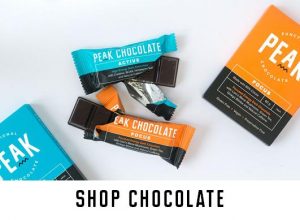Recently happened to read this article on barefoot running here: https://www.jenreviews.com/barefoot-running-shoes . From its few first lines everyone can tell it is pro barefoot running. You might even also think I am so excited and am going to highlight every bits and pieces in it, but you are not quite correct this time.
Yes I advocate minimalist running as I think maximalism is unnecessary, if not hurtful. There are great benefits in going light however do not think mother nature will take care of you if you go barefoot.
Here am going to list the main headers from the article and comment on them.
1. Barefoot Running Promotes Recovery
Regular shoes may cause you to land on your heel, which is unnatural, may impair balance, and makes you at risk of getting ankle strains, among other leg and foot injuries
Striking rear foot is NOT unnatural. It is a valid technique for running. The problem is when heel-striking is used for long distance running. That is where it comes inefficient first, then it causes trouble due to those so-called over-striding and landing ahead of body issues.
2. Running Economy is Improved with Regular Use of Barefoot Running Shoes
Agree with this from this point of view that it has been proven by studies that running in barefoot/minimalist shoes strengthen lower legs and that can result in better running economy.
3. Oxygen Consumption, or VO2 max, is Heightened due to the Specific Motions that Simulated Barefoot Running Requires
That is not a bad News however what I know is VO2 max is less important than in the past to rank runners. Someone with lower VO2 max might still run better than the others at higher one. There are factors that more accurately can rank runners by very high accuracy. VO2 max although has a high correlation with performance, it is not that much accurate to tell, for instance, who runs faster.
4. Barefoot Running Shoes Strengthens Muscles, Tendons, and Ligaments of the Foot
Totally valid based on the study I shared previously in this post.
5. By Running with Barefoot Running Shoes, You Can Develop a More Natural Pace or Gait
I do not think there can be an exact definition for “natural pace or gait”. What does ‘natural’ really mean? how can it be defined accurately? You might find this term in my earlier blog posts but these days I use it more carefully. There are only two natural features in our legs that if used properly I can call that way of running “supportive of our nature!” but still not “natural running form” because the terms is a bit vague:
- Our tendons are elastic
- There is a great shock absorption mechanism in our legs
6. Running with Barefoot Shoes Can Improve Your Balance and Proprioception
This is true. Most of our nerves end at the soles of our feet. Wearing shoes do not help them get better. Going barefoot improves the sensation and along with strengthening ankles and other lower leg parts we should be able to manage better balance. Moreover the better sensation of where the ground is and how we are landing can help the proprioception.
7. You Feel More Encouraged to Run Outside, which is Better for Your Health then Running Inside
Objection, subjective!
8. Barefoot Running Shoes Allow You to be Connected with Yourself and the Earth or Natural Surfaces, which Can Improve Sleep
That matches what I know of that Chinese medicine on the relation of parts of soles and body parts. If that is true, this one is true too.
9. Running in Barefoot Shoes Can Improve Short-term or Working Memory
I skip this one :)
10. Barefoot running shoes help prevent Plantar Pain or Plantar Fasciitis
Plantar fasciitis happens for several reasons, two of them I know of are:
- Going frocibly against the gravity
- Running too fast, too soon, too much
Going against the gravity is in the technique and is when the runner [toe] pushes off the ground. You should allow your feet to peel off the ground with your momentum and let falling forward generate the propulsive force. Pushing off the ground causes too much stress to Achilles tendon and plantar fascia and if this stress is too much such soft tissues may get inflamed and cause trouble.
It goes on the same track as the three too’s: too fast, too soon, too much. Any time you rush into training after a relatively long period of rest and going lazy (!) you may fall into a benign to severe plantar fasciitis.
11. Using Barefoot Running Shoes Can Boost Blood Circulation
I find it plausible. Simply put your feet are not restricted by shoes so they can spread as much as needed. Those shoes claiming to be natural running shoes have wide toe pocket to allow feet move naturally. The meaning of natural here is letting feet move freely while observing how they go at landing.
12. Earthing, or Running on Natural Surfaces, has a Positive Effect on the Parasympathetic Nervous System (PNS)
Maybe it is a new sensation different from what we do most of the time at this modern life. Most of the time we sense our in-soles :) then the synthetic surfaces at home or at work if you work at a relax office as I do. Anyway, from my experience sensing the ground was great plus it massaged my feet, although beware of blisters. You have to gradually increase distance as your feet develop strength and skin thickness to handle it.
13. Exercising in Barefoot Running Shoes Can Improve Overall Health
No special comment on this.
14. Transitioning to Barefoot Running Shoes Can Reintroduce You to a More Natural State and Can Increase Your Chances of Survival
I know this one looks has gone a bit overboard but my comment on that is going barefoot develops a different type of agility that can come handy some time somewhere. At the end of the day those with better nervous system do better and going barefoot is aligned with this notion.
15. Using Barefoot Running Shoes More Often Gives You the Sense of Freedom, Healing, and Other Positive Emotions
Cannot disagree with the sense of freedom. It feels great, so true. The idea of not being dependent on shoe wear strikes me.



